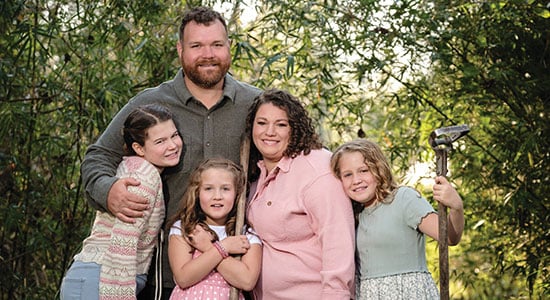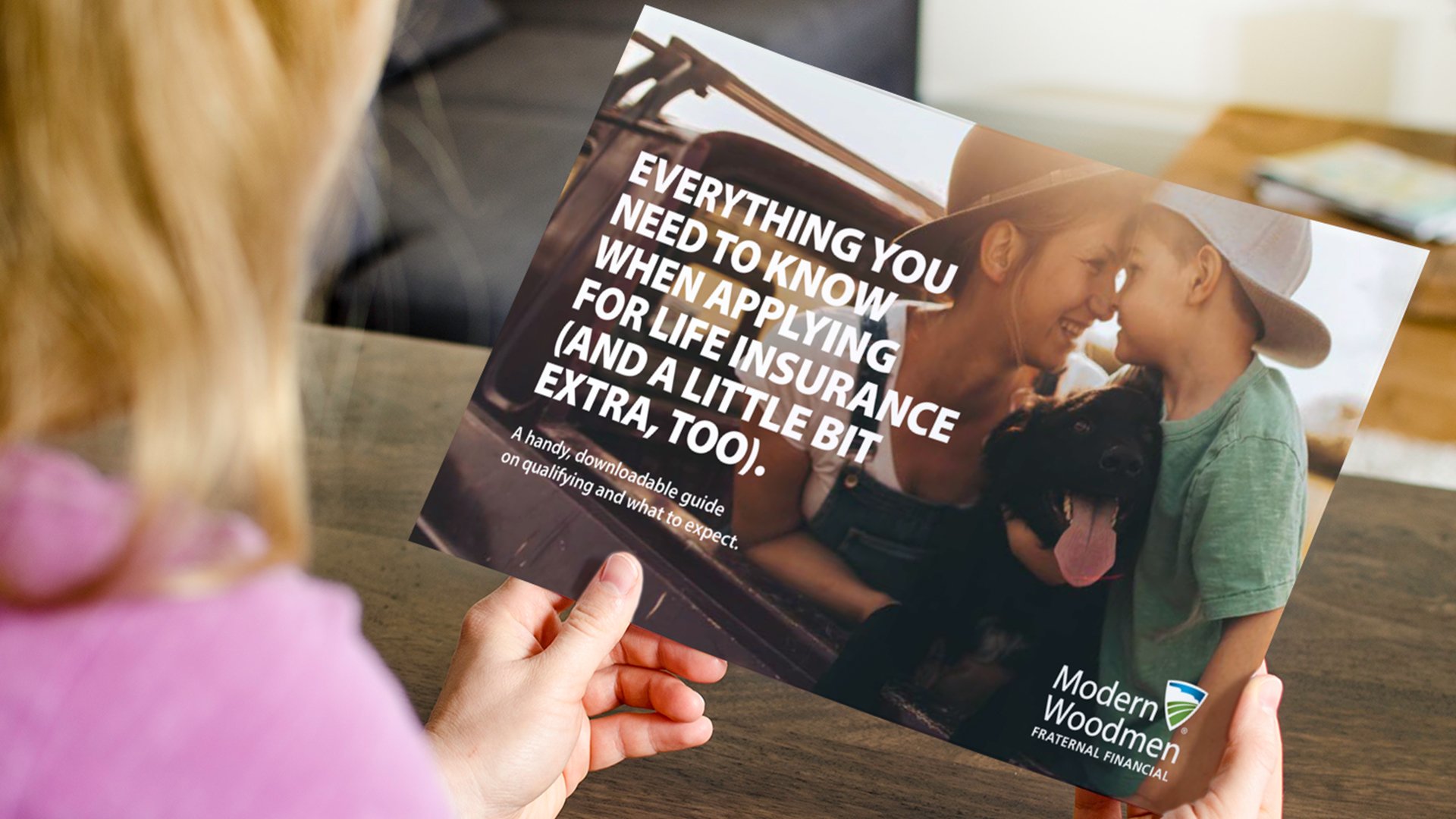
You’re probably too busy to spend time learning about life insurance. You might think it’s for older folks. Or that it’s expensive and a waste of money. Or that it’s a sad topic to face. The truth is life insurance is one of the important building blocks to securing a strong financial future for your family.
For many, the first policy they consider is called a term life insurance policy. It’s a great way to get started and make sure your kids have a bright future ahead of them. This article details what you need to know about term life insurance so you can decide if it’s right for you.
What exactly is term life insurance and how does it work?
Term life insurance is a policy which provides shorter-term financial protection for your family in case of death. It is often people’s first step since the premiums (or costs) of the policy are usually quite affordable and you can set it up for different time periods or “terms.” You can choose coverage for 10-, 15-, 20- or 30-year terms.
See our glossary of life insurance terms and definitions.
How will you know how long to set up coverage for? Well, that depends on your family’s specific situation. Some people only need coverage for a few years, or they might select a term equal to the number of years it will take for their children to head out on their own. They might choose the same term as their mortgage. It’s a decision unique to you.
You might be wondering, “Is term life insurance worth it?”
4 advantages of term life insurance
- It’s surprisingly affordable.
People mistakenly think life insurance is expensive. In fact, in most cases you can make sure your family is protected should anything happen to you for much less than you might suspect. That sense of confidence and calm has a great value all on its own. - It’s available for a varying number of years.
There’s great flexibility in knowing you can set up a term life insurance policy for a certain time period today and change it in the future. This could help you reevaluate your family’s needs as time goes on. - You may be able to convert it into a different policy as circumstances change.
No one knows exactly what their family might need in the future. It’s nice to know you can reevaluate and convert your term policy to a permanent policy for coverage throughout your whole life. Make sure this benefit is included in your policy as you make your decision. - It may help guarantee insurability as you age.
Some term plans can be converted to permanent plans, which guarantee you can continue to be covered in the future, even if health concerns arise, as long as premiums are paid. Conversion is not available on every term policy, so make sure yours includes this important benefit.
So when you compare the cost of a term life insurance policy with the enormous peace of mind you get from knowing your family is protected, life insurance is a great choice. Here’s a resource we’ve created to help walk you through the process.
Download our handy life insurance guide to the application process.
When should I buy term life insurance?
You may be thinking, “Oh sure, I’ll get around to it eventually.” But there are important benefits to securing a life insurance policy at a younger age. One reason not to wait is the premiums on these policies are usually lower for younger people and they increase as you age. Locking in a lower premium now is a smart move for the long-term.
Another benefit is that the life insurance medical exam is often easier to pass when you are young and healthy, before health concerns arise.
But the most important thing that drives the timing of a life insurance purchase are those life-changing milestones like getting married or starting a business. These moments might cause you to get your first policy or reevaluate how much life insurance you currently have.
Life changing events: Insurance that has you covered.
How much term life insurance do I need?
When it comes to figuring out how much life insurance you need, people tend to think about the amount they would need to pay off a big debt like a mortgage or funeral expenses, but there’s more to it than a lump-sum death benefit.
To calculate the amount of life insurance you need, consider what it would cost to cover all of your household expenses, such as paying bills like groceries and utilities, the cost of raising children and paying for college, and paying off other smaller debts that could add up. Every family is unique, and their needs are different. That’s why it’s a good idea to talk with a professional who can guide your decision. They’ll ask questions about your specific needs and goals to help you determine how much you need.
Alternatives to term life insurance
You may be wondering, “What life insurance is the best for me?” There are different types of term life insurance. There are level term plans, where the sum set in place at the beginning stays the same throughout the plan. There are plans where the sum increases or decreases at predetermined stages in time.
There are even return of premium riders you may be able to add (at additional cost) to your plan to get back all the premiums you have paid at the end of the term.
You can also choose permanent life insurance that provides coverage throughout your life as long as you pay the premiums. These plans include whole life insurance and universal life insurance, and each comes with its own benefits.
What is whole life insurance and how does it work?
If you’ve ever wondered, “Do I need life insurance?” the answer may be that life insurance is one of the smartest ways you can pave the way for your children to have a bright future filled with every opportunity.
So, what’s your best next step?
We recommend taking a moment to complete our form so a Modern Woodmen of America representative can respond to help you on your journey. We’ve been doing this for a long time (since 1883, actually) and we’ve met all sorts of families, with all sorts of different questions. Our representatives are skilled at sitting down and listening to every story and every concern to help find the solution that makes the most sense for your unique family needs. Let’s sit down together.





